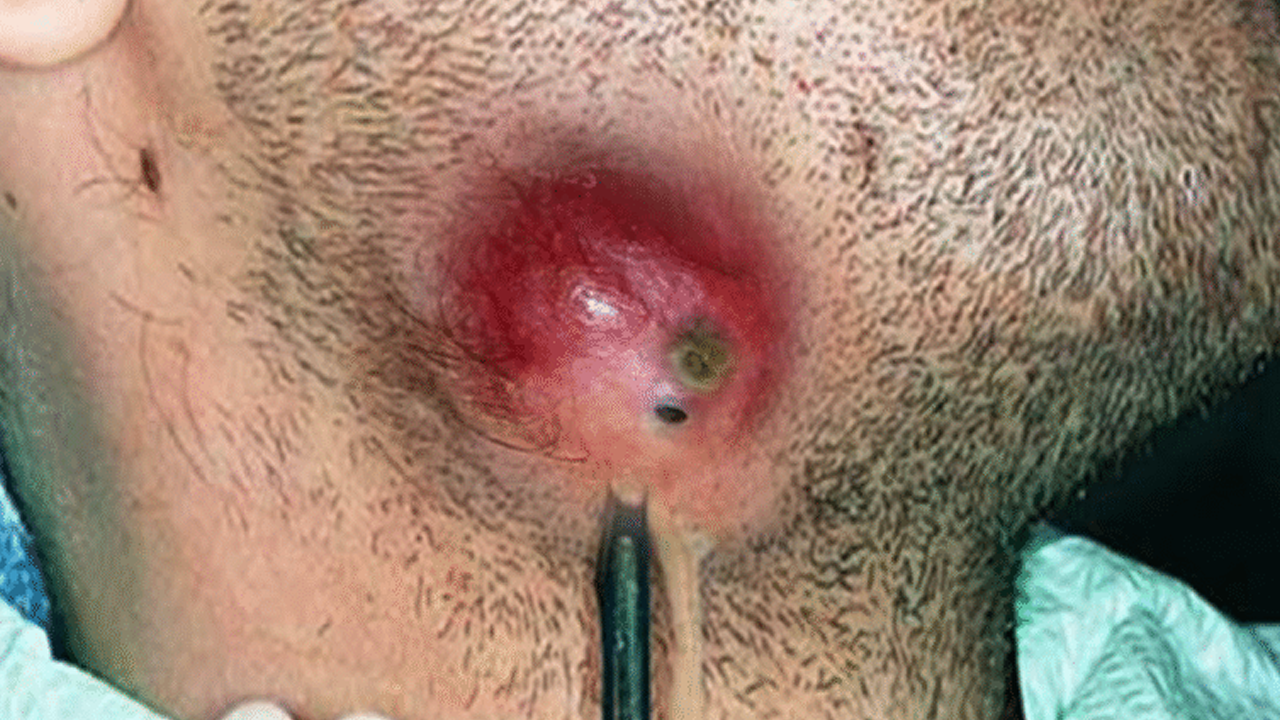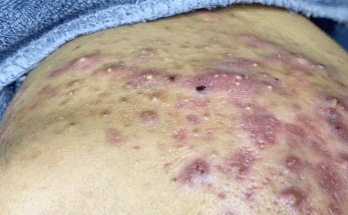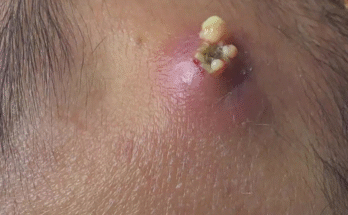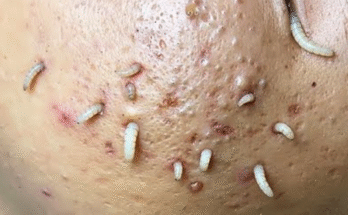Hilton’s Method: A Detailed Guide to Deep Abscess Drainage
Hilton’s method is a surgical technique used to drain deep abscesses while minimizing damage to surrounding vital structures. Unlike straightforward incision and drainage (I&D) suitable for superficial abscesses, Hilton’s method employs a meticulous, blunt dissection approach. This blog post provides a comprehensive overview of this procedure, from indications and contraindications to step-by-step instructions and post-operative care.
Understanding Hilton’s Method: When and Why?
Indications: Targeting Deep-Seated Infections
Hilton’s method is specifically designed for deep abscesses located near sensitive areas like nerves, arteries, and veins. These locations often make traditional I&D too risky. Common sites include the neck, axilla (armpit), perineum, and thigh. The technique’s advantage lies in its ability to reach and drain these challenging abscesses with reduced risk of injury to crucial anatomical structures.
Contraindications: Recognizing Limitations
This method isn’t suitable for all abscesses. Superficial abscesses are better managed with standard I&D. Furthermore, patients with conditions precluding minor surgical procedures require a thorough evaluation before considering Hilton’s method. The procedure should only be undertaken by trained medical professionals.
Essential Equipment and Preparation
Before embarking on the procedure, ensuring you have the necessary sterile equipment is paramount. This includes:
- Sterile Field: Sterile gloves, drapes, and a tray are essential to maintain a clean surgical environment and prevent infection.
- Surgical Instruments: A scalpel (No. 11 or 15 blade), artery forceps (hemostats like Kelly or mosquito forceps), blunt-tipped scissors (Mayo scissors), and a suction apparatus (if available) are needed.
- Solutions: An antiseptic solution (povidone-iodine or chlorhexidine) is crucial for skin preparation. Local anesthetic (1% lidocaine without adrenaline) will numb the area, minimizing patient discomfort. Normal saline is used for irrigation.
- Drainage Material: A corrugated rubber drain or Penrose drain is inserted to facilitate ongoing drainage and prevent the abscess from re-closing prematurely. Sterile gauze and dressings complete the supply list.
Step-by-Step Procedural Guide
The precision of Hilton’s method is crucial for success. Follow these steps carefully:
1. Patient Preparation: Prioritizing Safety and Comfort
Begin by obtaining informed consent from the patient. Explain the procedure, potential risks, and benefits. Proper patient positioning depends on the abscess location (e.g., supine with head turned for neck abscesses, arm abducted for axillary abscesses). Thoroughly clean and drape the surgical site using sterile technique. Inject local anesthetic (1% lidocaine) around the abscess, avoiding direct injection into the pus itself.
2. Precise Incision: Minimizing Scarring and Maximizing Drainage
Make a small, stab incision (approximately 1.5-2 cm) at the point of maximum fluctuance (where the abscess feels softest) or in a dependent position to ensure optimal drainage. Strategically aligning the incision along Langer’s lines (natural skin tension lines) helps minimize scarring.
3. Blunt Dissection: The Heart of Hilton’s Technique
This is the core of Hilton’s method. Insert closed artery forceps (or blunt-tipped scissors) into the incision. Gradually open the forceps, gently separating tissue layers bluntly, avoiding sharp dissection to prevent damage to blood vessels and nerves. Continue advancing until you reach the abscess cavity. The sudden release of pus under pressure signals entry into the abscess.
4. Drainage, Exploration, and Irrigation: Ensuring Complete Removal of Pus
Allow the pus to drain fully or use suction if the pressure is significant. Gently probe the cavity with the forceps to break up any loculi (smaller pockets of pus). Irrigate thoroughly with normal saline using appropriate pressure. Collect a sample of pus for microbiological culture and sensitivity testing to guide antibiotic selection.
5. Drain Placement and Dressing: Preventing Re-accumulation
Insert a corrugated or Penrose drain to maintain drainage and prevent premature closure. Secure the drain with a suture or dressing. Apply a sterile, absorbent dressing. Clearly label the wound and closely monitor for continued drainage.
Post-Operative Management and Follow-Up
Post-operative care is as vital as the procedure itself:
Medical Management: Antibiotics and Pain Relief
Antibiotic therapy may be necessary depending on the severity of infection and the culture results. Empiric antibiotics (e.g., amoxicillin-clavulanate or clindamycin) are often prescribed initially, adjusting the treatment based on the culture and sensitivity report. Pain management includes analgesics like ibuprofen or paracetamol; opioids may be used short-term for severe pain.
Wound Care: Regular Monitoring and Drain Removal
Daily dressing changes are necessary. The drain is usually removed after 48-72 hours, or when drainage ceases. Closely monitor for signs of reaccumulation of pus, spreading cellulitis, fever, or other systemic symptoms.
Follow-Up and Potential Complications: Recognizing Warning Signs
Follow-up within 48-72 hours is crucial to assess wound healing and systemic symptoms. Seek immediate medical attention if there is worsening pain, swelling, fever, reaccumulation of pus, or signs of spreading infection. Referral may be necessary for more serious complications such as Ludwig’s angina or necrotizing fasciitis.
Clinical Example: An Illustrative Case
A 27-year-old male presented with a painful, fluctuant axillary swelling for three days. Hilton’s method was employed under local anesthesia. Pus was cultured, revealing methicillin-sensitive Staphylococcus aureus (MSSA). The patient received incision and drainage along with amoxicillin-clavulanate, recovering well with drain removal after two days. This example demonstrates the successful application of Hilton’s method in resolving a deep abscess.
This comprehensive guide helps clarify the intricacies of Hilton’s method. Remember, this procedure demands experience and appropriate training. Always prioritize patient safety and follow established protocols.










